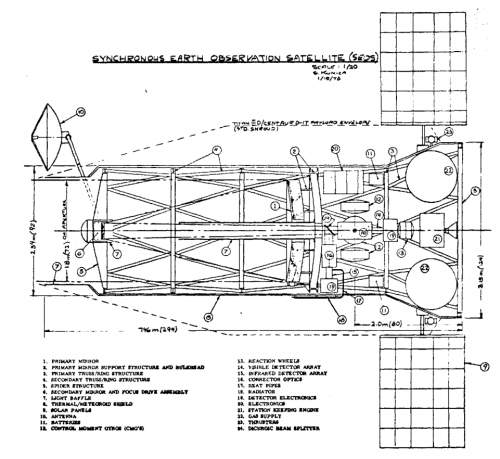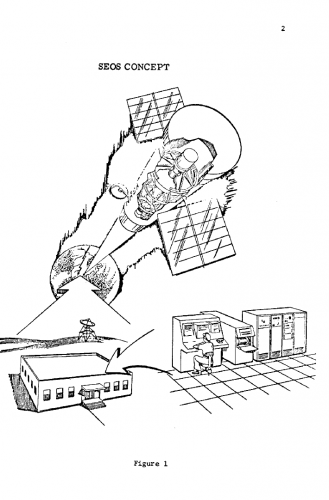- Joined
- 16 December 2010
- Messages
- 3,812
- Reaction score
- 4,203
Early 1970s design for a Synchronous Earth Observation Satellite (SEOS) that bears a surprising resemblance to Hubble, it just points in the other direction. The intention was to provide improved coverage of mesoscale weather phenomena like tornadoes, ground fogs, clear air turbulence and other short lived phenomenon.
A study to define meteorological uses and performance requirements for the Synchronous Earth Observatory Satellite
https://ntrs.nasa.gov/archive/nasa/casi.ntrs.nasa.gov/19740012073.pdf
Earth resources applications of the Synchronous Earth Observatory Satellite (SEOS)
https://ntrs.nasa.gov/archive/nasa/casi.ntrs.nasa.gov/19740009932.pdf
A study to define meteorological uses and performance requirements for the Synchronous Earth Observatory Satellite
https://ntrs.nasa.gov/archive/nasa/casi.ntrs.nasa.gov/19740012073.pdf
Earth resources applications of the Synchronous Earth Observatory Satellite (SEOS)
https://ntrs.nasa.gov/archive/nasa/casi.ntrs.nasa.gov/19740009932.pdf


